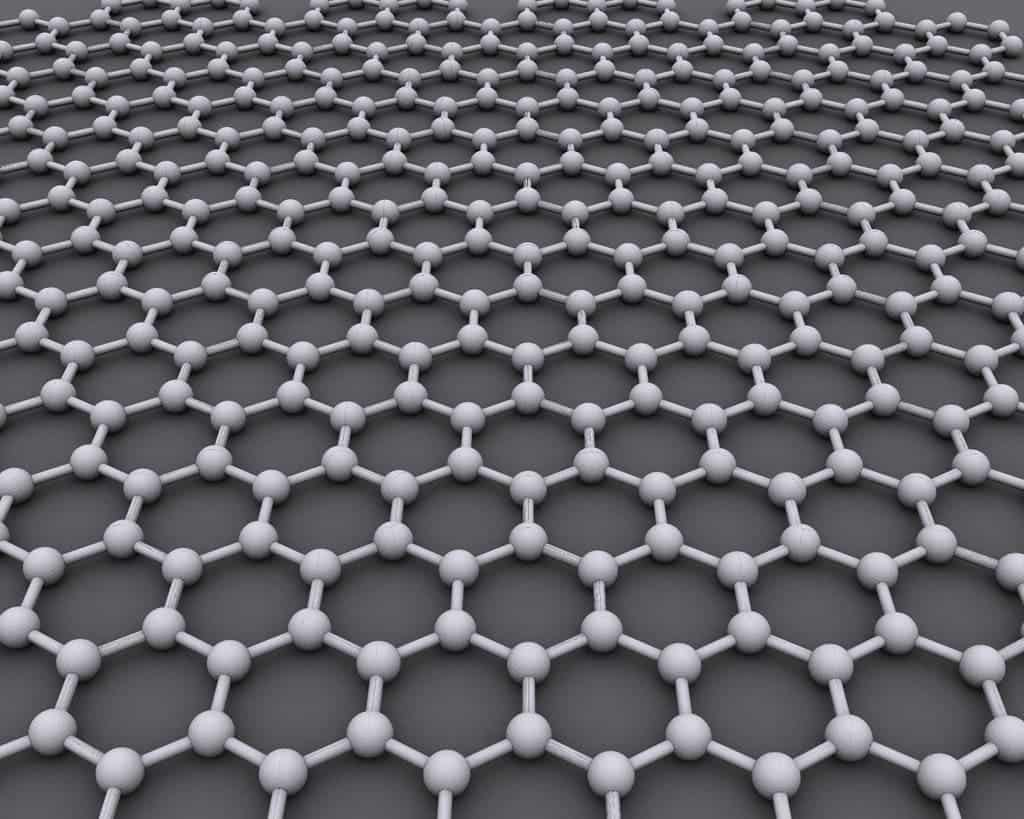
Smartphones, laptops, and other electronics naturally give off heat during their operation. To protect these devices from malfunction, engineers have to incorporate a thermally insulating material in their designs, which can be glass, plastic, or even an air gap.
In a new study, researchers at Stanford University have pushed the boundaries of thermal insulation by stacking atom-thick materials like sheets of paper atop hot spots. The resulting material is only 10 atoms thick but provides the same insulation as a sheet of glass 100 times thicker.
This achievement might have massive implications for the electronics industry. Thinner heat shields free up space so that electronics can get even more compact.
The atom heat shield
For their study, Eric Pop, who is a professor of electrical engineering at Stanford, and colleagues had to think outside of the box. This meant that they had to think of heat in a radically new way — as like it was sound.
Both heat and sound are actually waves of energy — it’s just that heat is a form of high-frequency sound. When viewed through this lens, you can treat heat insulation the same way a studio engineer dampens acoustic waves to achieve a clean sound. Pop, who used to be a radio DJ at Stanford’s KZSU 90.1 FM, was well aware of this dynamic.
But it was ultimately home construction that provided the missing puzzle piece. Modern homes employ multi-paned windows which are made of sheets of glass with varying thickness with layers of air trapped between them.
The researchers adapted this idea and used a layer of graphene and three other atom-thick materials. The resulting four-layered insulator is just 10 atoms deep.
Despite its ridiculous thinness, the insulator is effective because heat is dampened as it passes through each layer.
“As engineers, we know quite a lot about how to control electricity, and we’re getting better with light, but we’re just starting to understand how to manipulate the high-frequency sound that manifests itself as heat at the atomic scale,” Pop said.
The challenge now lies in finding a cheap manufacturing method that can incorporate such a thin insulator in electronics.
But beyond commercial applications, the researchers hope to reach an even more ambitious goal: to one-day control heat flowing through solid objects similarly to how we now control electricity and light passing through wires.
The findings appeared in the journal Science Advances.









